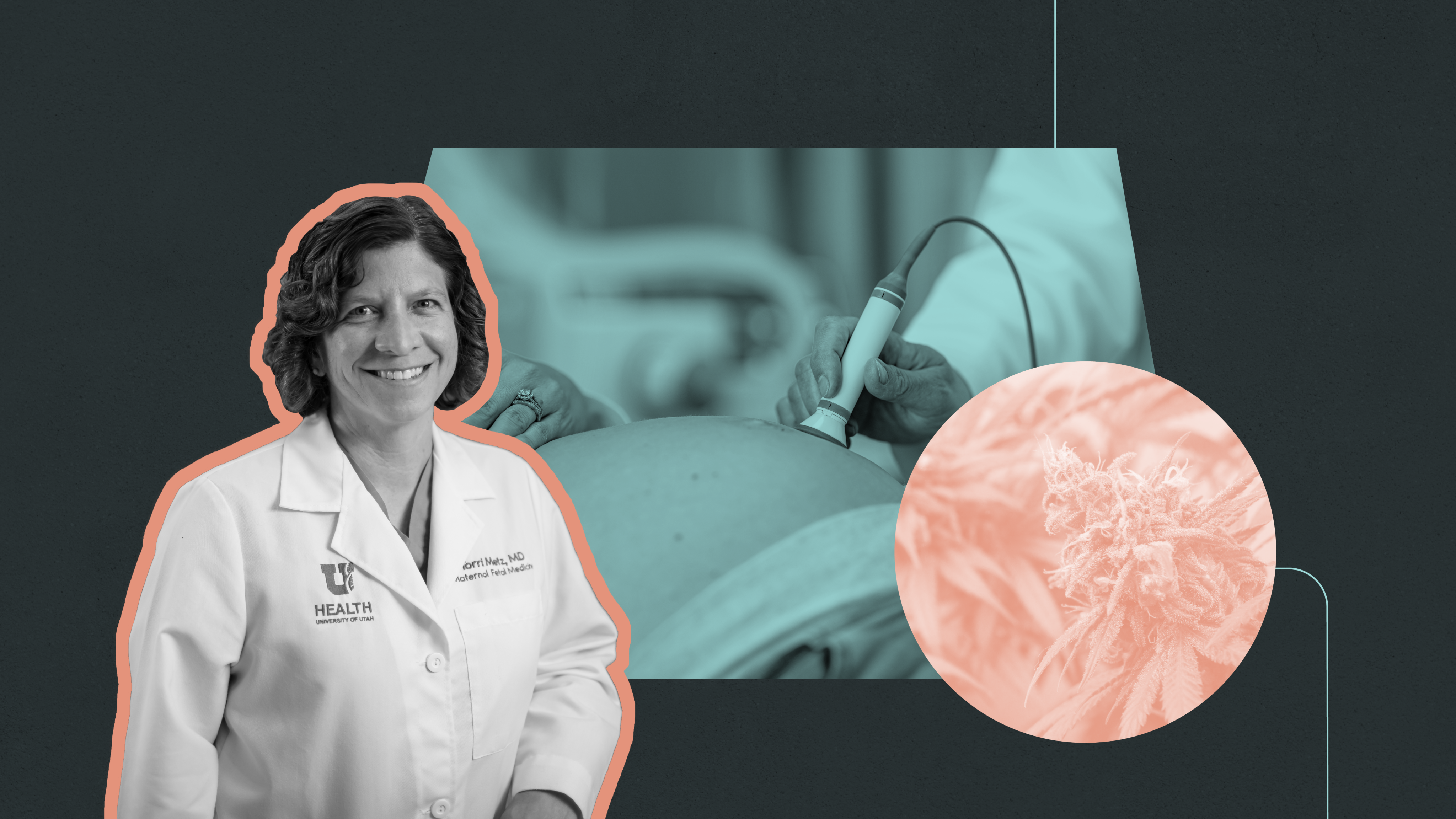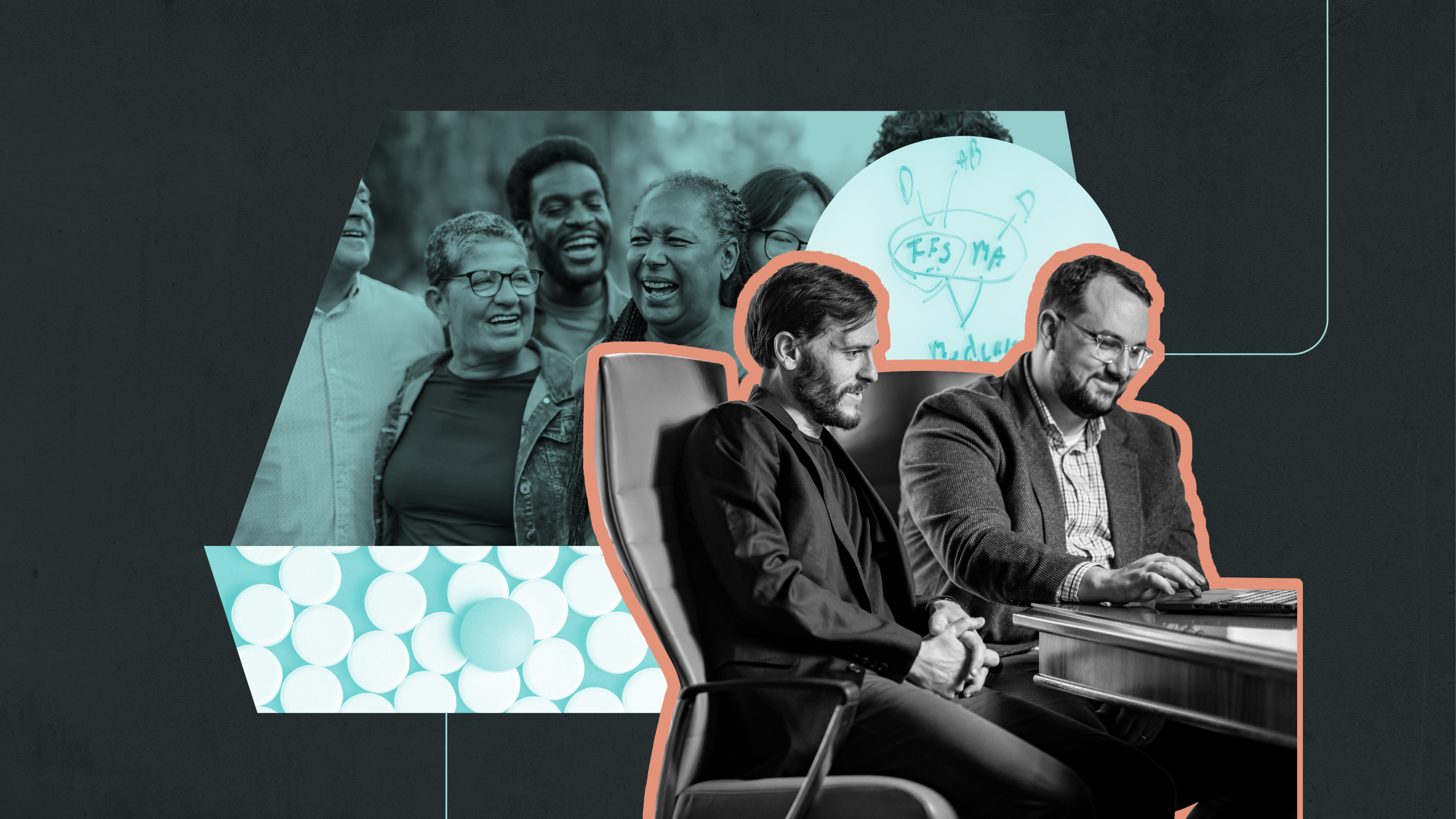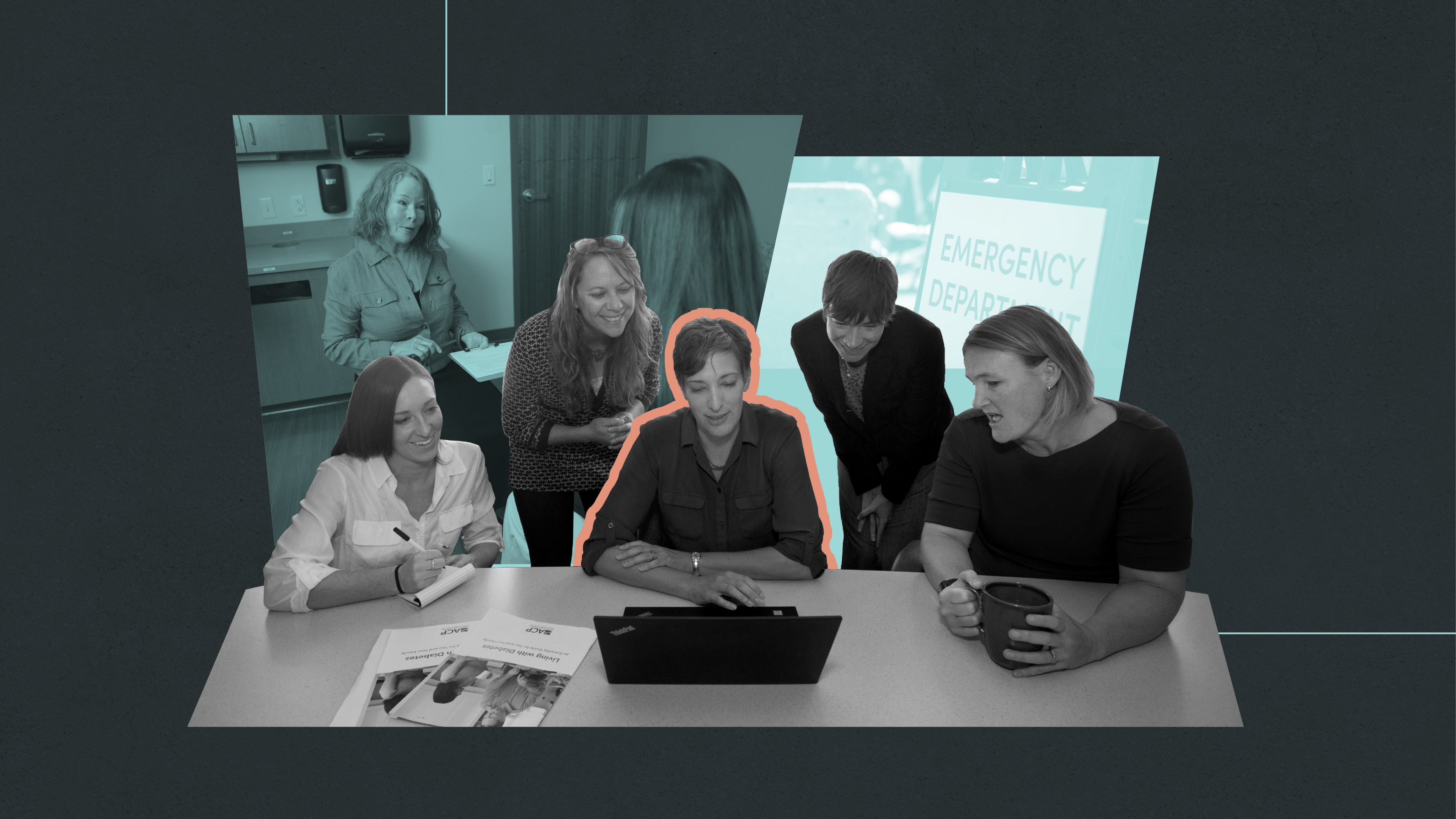Pioneering the Future
Paths Toward Better Population Health

April 16, 2025
When it comes to public health, knowledge is power. Everyone needs reliable information about health risks and disease prevention, and health care workers must identify where the biggest needs are before they can figure out how to help. Sometimes that means looking beyond the kinds of things most often discussed in medical settings.
At U or U Health, studies of social and environmental factors that impact health are equipping people with knowledge to help them improve their own well-being and that of others.
- At a time when cannabis use in the U.S. is increasing quickly, U of U Health researchers have found that use during pregnancy increases the risk of adverse outcomes.
- Cholesterol-lowering statins are drugs that reduce the risk of heart attack and stroke, but U of U Health scientists determined that only 30% of people at highest risk take advantage of this potent preventive treatment.
- Unmet social needs, such as food insecurity or housing instability, can impact health significantly. U of U Health researchers are addressing these gaps by developing hospital programs that screen and connect patients with services that can help.
By understanding these emerging issues—and developing solutions—U of U Health is working to create a healthier future for everyone.

Risks of Cannabis During Pregnancy
As laws and attitudes about cannabis have shifted in recent years, its use has been on the rise. A 2023 nationwide survey found that 42 percent of young adults reported using cannabis in the past year, compared to just 31 percent 10 years earlier. The trend includes an increase in cannabis use during pregnancy, raising questions about how the substance impacts the health of both pregnant people and growing fetuses.
Torri Metz, MD, MS, vice chair of research of obstetrics and gynecology and Robert Silver, MD, professor and chair of obstetrics and gynecology, recognized the importance of understanding those impacts so their patients could make more informed choices. Researchers are still learning the physiological impacts of cannabis use, and Metz acknowledges that people can encounter a lot of conflicting information on the topic. “I think it’s hard for patients to understand what they should be worried about, if anything,” she says.
To get clear answers, Metz and Silver analyzed the pregnancy outcomes of more than 9,000 people, including 610 who used cannabis during their pregnancies. They looked for incidences of pregnancy-related hypertensive disorders, low birth rate, medically indicated preterm births, and stillbirth. Because self-reports of cannabis use can be unreliable, they used urine samples to estimate study participants’ exposure.
After controlling for variables like socioeconomic status, nicotine use, and certain medical conditions, the research team found that adverse events were significantly more likely to occur when cannabis was used during pregnancy—particularly after the first trimester.
“Cannabis use is not safe,” Silver says. “It increases the risk of pregnancy complications. If possible, you shouldn’t use cannabis during pregnancy.”
Recognizing that many people try cannabis to relieve symptoms like nausea or anxiety, the researchers point out that there are safe remedies for these conditions and encourage people to talk with their doctors.

Uncovering Disparities That Impact Heart Health
About 40 million adults in the United States take statin drugs to reduce their risk of heart disease and stroke. The drugs, which lower levels of “bad” LDL cholesterol, are safe for and their potential benefits are high. Many people who might benefit from statins, however, aren’t taking them.
Joshua Jacobs, a graduate student mentored by Adam Bress, PharmD, MS, associate professor of population health sciences, analyzed data from National Health and Nutrition Examination Surveys completed between 2013-2020. He found the drugs are underutilized, particularly among Black and Hispanic Americans.
Jacobs looked at data from more than 3,400 people and found that only about 30 percent of those with the highest risk of developing a cardiovascular problem in the next 10 years were taking statins. While 28 percent of White participants were being treated with the drugs, only 15 percent of Hispanic and 20 percent of Black participants were.
That’s particularly concerning because in the United States, Black adults are 25 percent more likely than White adults to have a heart attack or stroke over the next 10 years. And while stroke is the fifth-leading cause of death in the U.S., it is the third most common cause of death for Hispanic women and the fourth most common for Hispanic men.
“Statins are an inexpensive and effective treatment for preventing these outcomes,” Jacobs says. “It’s a missed opportunity—a huge one.”
Understanding these health disparities is an important step toward addressing them. Jacobs’ study found that people were more likely to use statins if they had health insurance and regular care from a primary care physician. “Improving access to care should be a priority,” he says. “The more people of color who have health insurance and access to regular medical care, the better.”

Supporting Health by Screening for Social Needs
When patients struggle to get enough food, lack stable housing, or have limited access to transportation, their health can suffer. One analysis estimated that as much as 50 percent of the variation in health outcomes between counties in the U.S. can be attributed to social determinants of health like these. Such factors can limit the effectiveness of clinical care—but health care workers often don’t know what their patients are dealing with outside the clinic.
Andrea Wallace, PhD, RN, associate dean for research at the College of Nursing, says when she worked with families of pediatric asthma patients in a clinic in Denver, many of her patients struggled with changes in health insurance or maintaining stable phone service.
“These were huge challenges, and they had every bit as much to do with those children's success as anything that we would do during a clinical visit,” she says. “We needed to deal with their social challenges before we could even make a dent in their health and well-being by way of our medication regimens.”
Addressing patients’ social needs is not always a priority in busy hospitals and clinics. But Wallace has developed a way to make this a routine aspect of care. With systematic screening, patients’ unmet needs can be identified so clinicians can connect them with services that can help.
Wallace and her U or U Health colleagues have demonstrated that this screening can be done in emergency departments, which see disproportionate numbers of patients who are uninsured and have low incomes. The researchers are focused on finding the best ways to assess for social needs, considering factors such as language barriers, privacy concerns, and potential discomfort for patients and staff. In their most recent study, conducted at a children’s hospital in Salt Lake City, systematic screening allowed the team to identify 1,680 families with unmet social needs in a four-month period.
Wallace and colleagues have also shown how emergency departments can partner with a community service referral network to connect patients and families with services once needs have been identified. By helping secure access to healthy food, finding transportation to medical appointments, or assisting with rent and utilities, they can help patients get on a path to better health.
Pioneering the Future: Stories of Discovery & Innovation at University of Utah Health
Produced by Kyle Wheeler & Julie Kiefer
Written by Jennifer Michalowski
Editing by Julie Kiefer & Nick McGregor
Layout by Kyle Wheeler
Designs by Modern8
Photography by Charlie Ehlert

